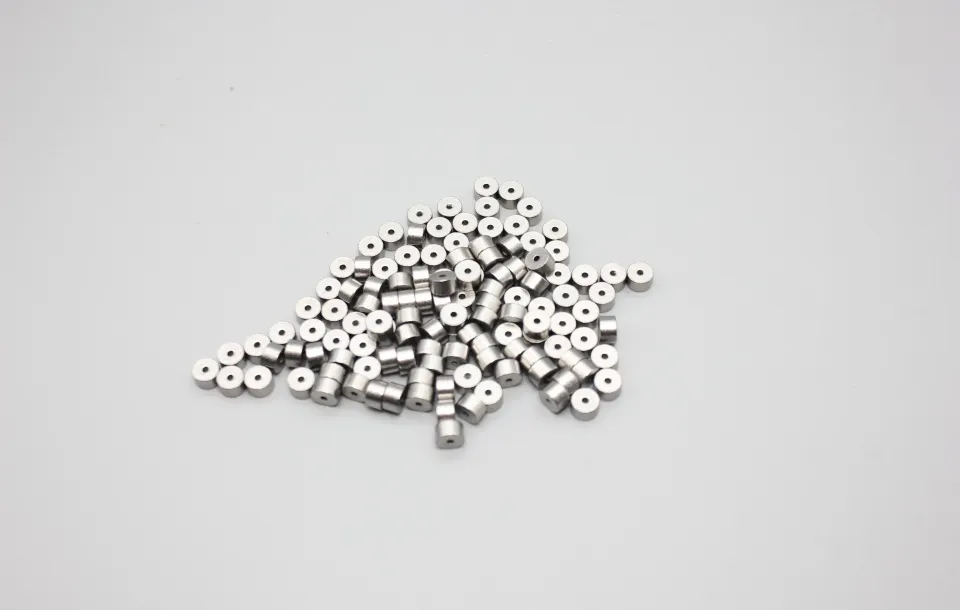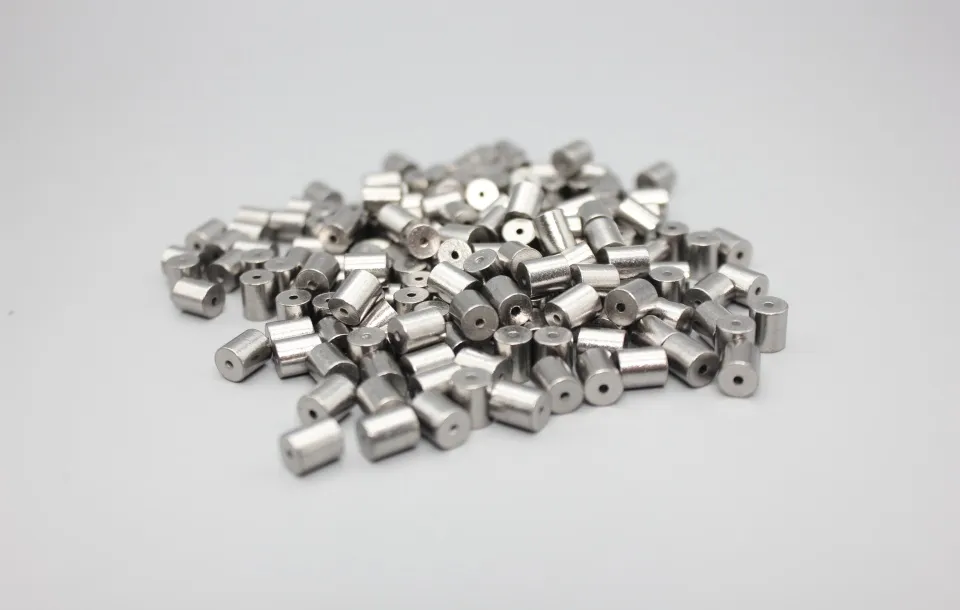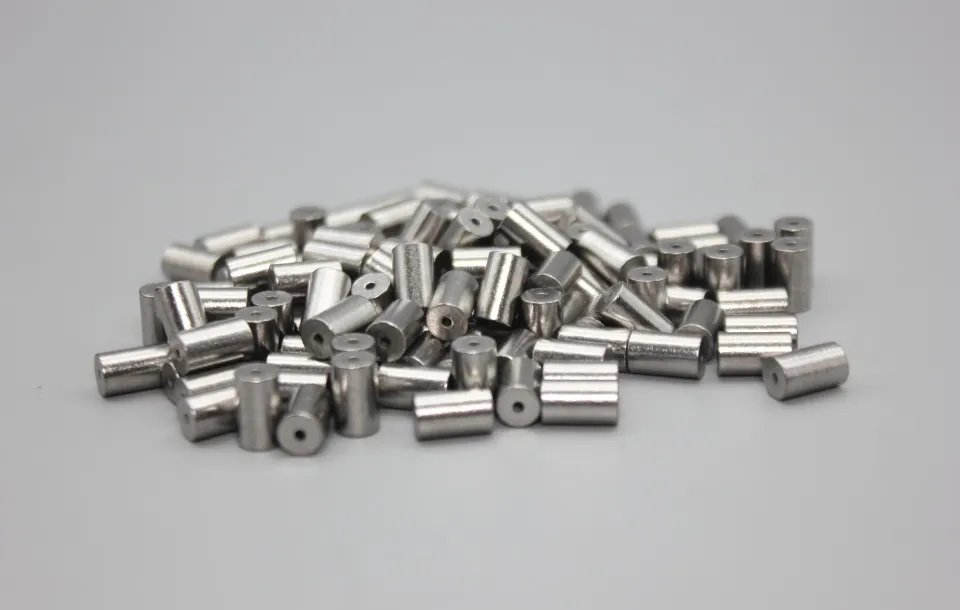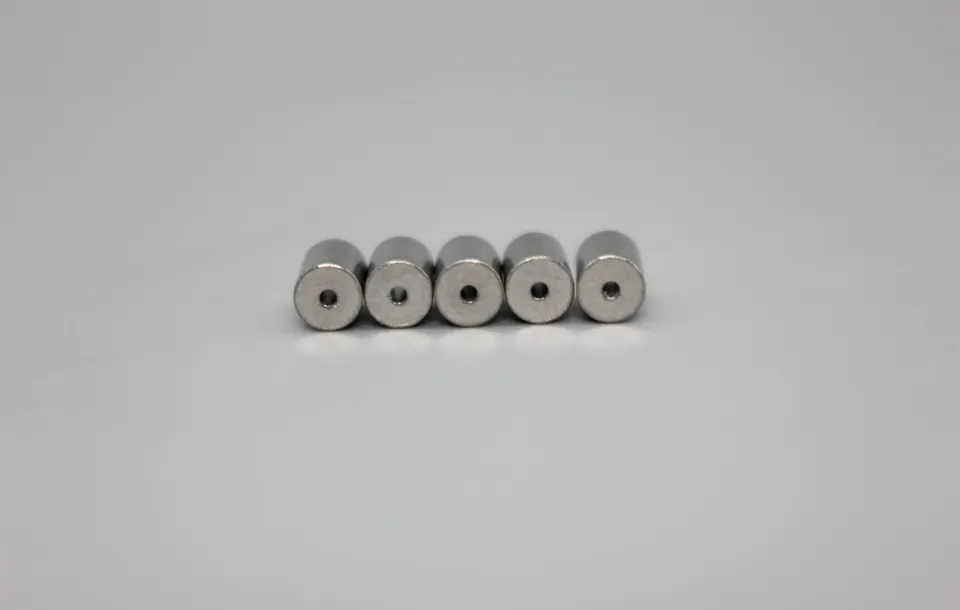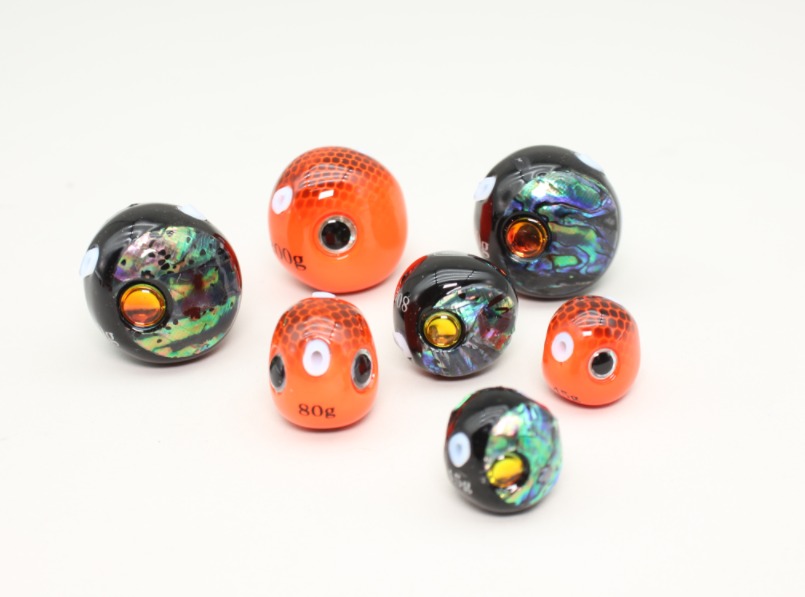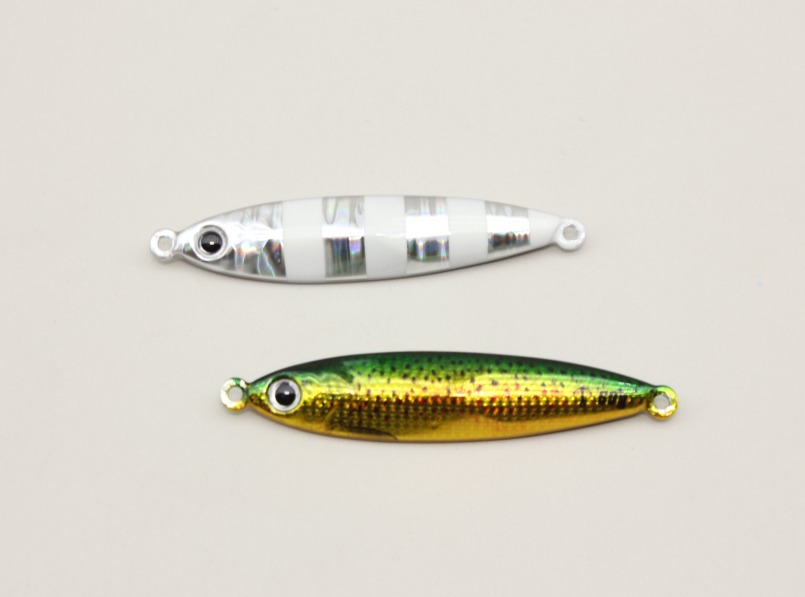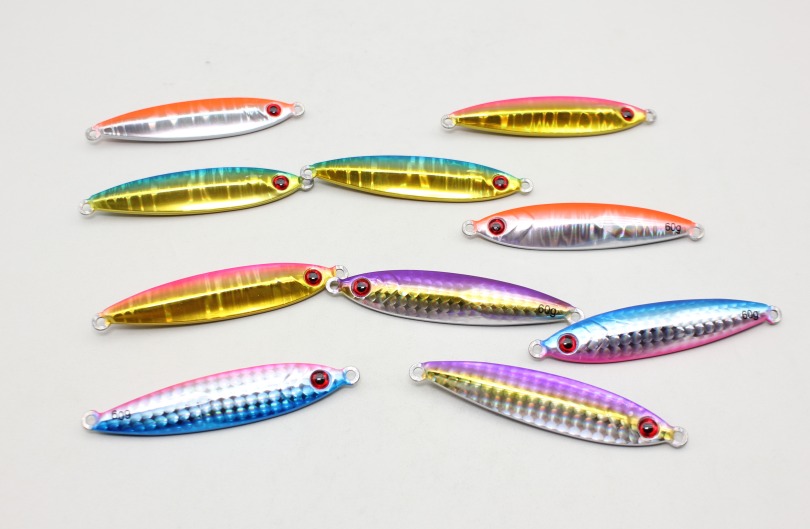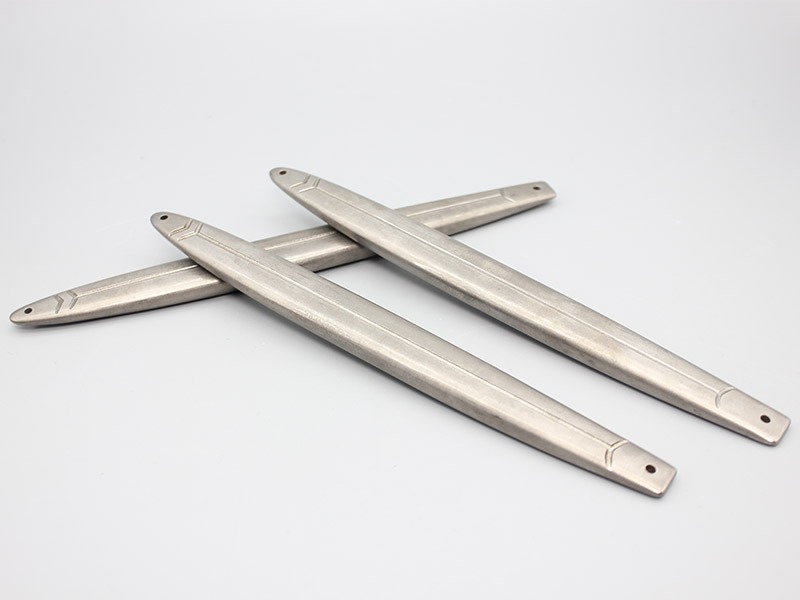Tungsten cylinder for lure bait fishing
| Payment Type: | T/T,Alipay, Others |
| Incoterm: | FOB,CIF,EXW,FCA,Express Delivery |
| Min. Order: |
1000 Piece/Pieces |
| Transportation: | Ocean,Air,Express etc. |
Attributes
Model No.: JDTG-TG-TFG
Brand: ZZJD
Place Of Origin: China
Size: 1.5g/3g/4g/5g/5.4g/6.7/7.2g/8g
ø4/*ø5/ø6*ø1.1/1.2*any length
Material: 95% tungsten
Density: 17.5~18g/cm³
Lead Time: 30 days
PACKAGING & DELIVERY
Selling Units :Piece/Pieces
Package Type : Standard export packing
DESCRIPTION
Adding weight to a lightweight lure or bait is a common technique to improve casting distance, sink rate, or presentation. Here are 10 effective methods to add weight, depending on your fishing style and target species:
1. Split Shot Weights (Quick & Adjustable)
How: Pinch small split shots onto the fishing line (6–12 inches above the lure).
Best For: Finesse fishing (trout, panfish), float rigging.
Pros: Cheap, removable.
Cons: Can weaken line if over-tightened.
2. Tungsten Putty (Non-Damaging & Reusable)
How: Mold putty around the hook shank or line.
Best For: Fly fishing, drop-shot rigs.
Pros: Doesn’t harm line/lure, reusable.
Cons: Adds minimal weight.
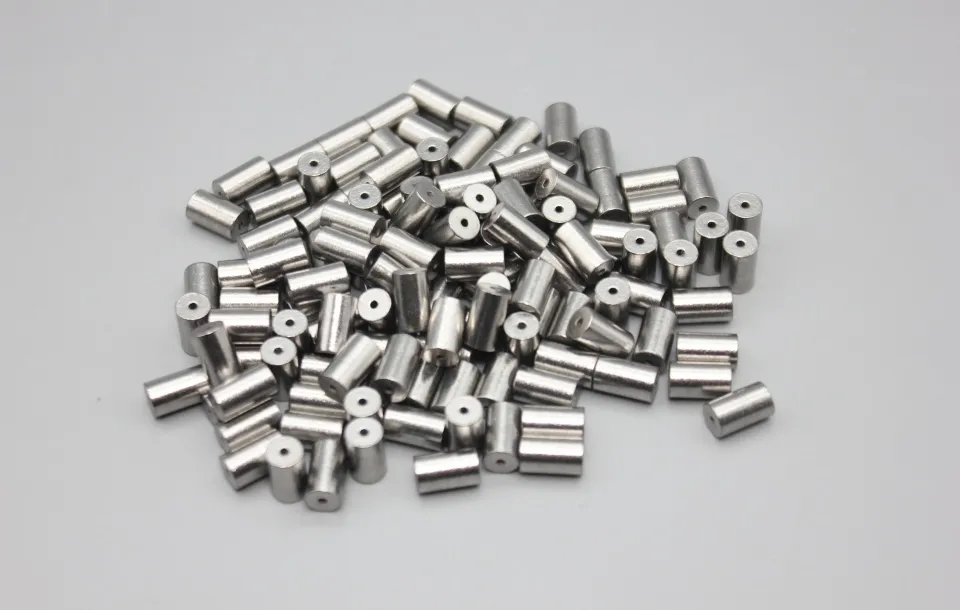
3. Weighted Hooks (Built-In Sink)
How: Replace the hook with a weighted version (e.g., worm hooks, jig heads).
Best For: Soft plastics (Texas rigs, Ned rigs).
Pros: Clean presentation.
Cons: Limits hook size options.
4. Nail Weights (Internal Weighting)
How: Insert nail weights into hollow soft plastics (e.g., Senkos, worms).
Best For: Wacky rigs, stick baits.
Pros: Hidden weight, maintains bait action.
Cons: Can tear soft baits.
5. Bullet Weights (Sliding or Pegged)
How: Slide a bullet weight onto the line before tying the hook (use a toothpick to peg it).
Best For: Texas/Carolina rigs (bass, snapper).
Pros: Versatile for weedless setups.
Cons: May snag in rocks.
6. Stick-On Lead Tape (Precision Balance)
How: Apply adhesive lead tape to the lure body (e.g., crankbaits, spoons).
Best For: Tuning lure buoyancy.
Pros: Adjustable, doesn’t alter action.
Cons: Not waterproof long-term.
7. Dropshot Weights (Bottom Contact)
How: Tie a dropshot weight below the lure (6–24 inches).
Best For: Vertical jigging (bass, walleye).
Pros: Keeps bait off bottom.
Cons: Extra tackle needed.
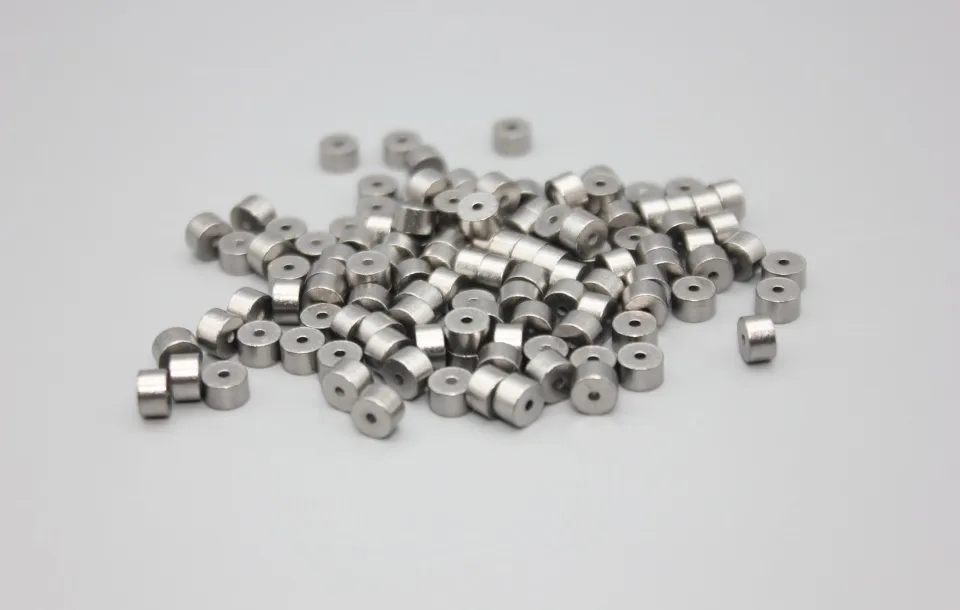
8. Bead Chains (Subtle Weight + Sound)
How: Add a bead chain between the line and lure (common in fly fishing).
Best For: Streamers, surface lures.
Pros: Adds click sound attraction.
Cons: Limited weight range.
9. Tungsten Alloy Cylinder /Beads (Sensitive & Compact)
How: Thread beads above the hook (works with soft plastics or flies).
Best For: Euro nymphing, carp rigs.
Pros: Dense and sensitive.
Cons: Small size limits added weight.
10. Custom Molded Tungsten Jig Heads (Permanent Solution)
How: Replace the hook with a heavier jig head (e.g., 1/16oz → 1/4oz).
Best For: Swimbaits, creature baits.
Pros: Optimized balance.
Cons: Requires re-rigging.
Bonus Tip: DIY Solutions
Wrap Wire: Coil lead/tungsten wire around the hook shank.
Use Sinker Screws: Screw small weights into soft plastics.
Key Considerations
Balance: Avoid over-weighting—test lure action in water.
Line Strength: Heavy weights may require stronger line.
Regulations: Some areas ban lead weights (use tungsten).

 EN
EN AR
AR FR
FR DE
DE HI
HI IT
IT JA
JA KO
KO PT
PT RU
RU ES
ES ID
ID LV
LV VI
VI HU
HU MS
MS GA
GA BE
BE YI
YI EU
EU